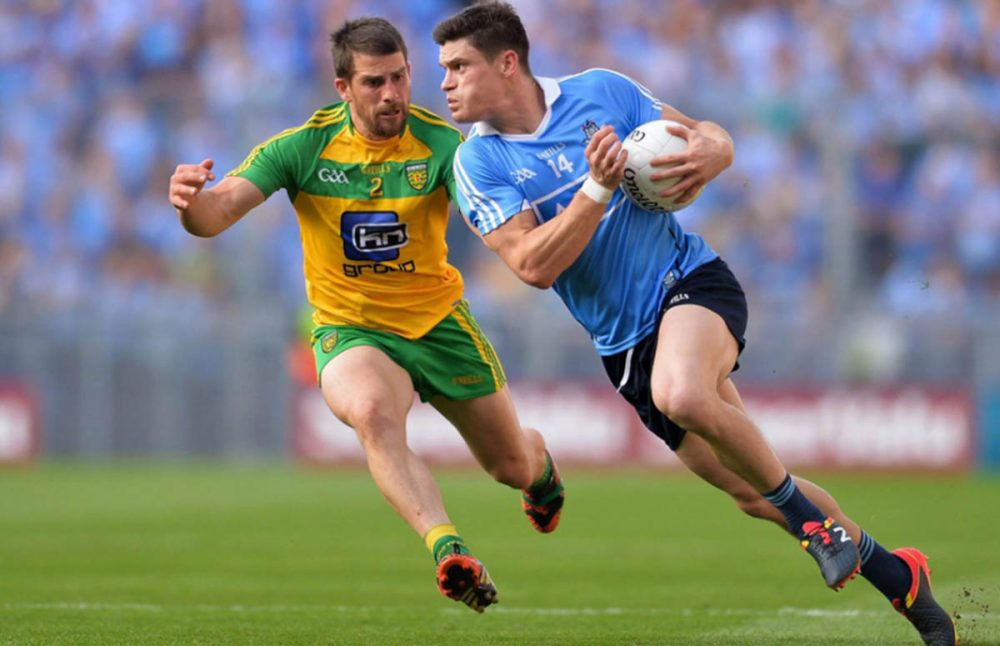
No marketing dust. Only real sport, where players don’t fake falls but hobble with a broken collarbone, continuing the attack. Gaelic football is not a hybrid, not a reconstruction, not a tourist hobby. It is the steel frame of Irish identity, woven into the country’s culture since the 18th century. A Brief Route to the …
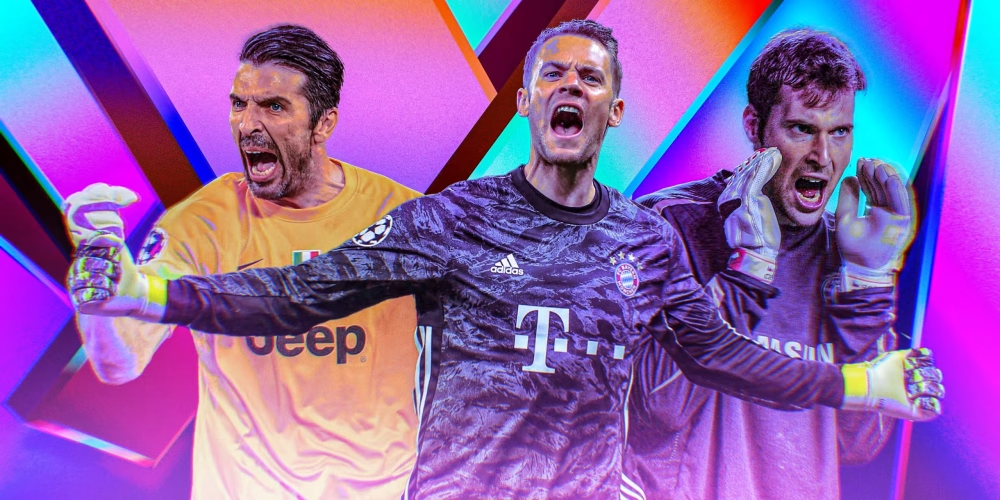
The goalkeeper is the last line of defense, a player whose mistake can cost the team success, while an incredible save can turn the tide of the match. For decades, the sport has given us phenomenal masters of their craft, whose names have become synonymous with goalkeeping greatness. In this article, we will remember and …
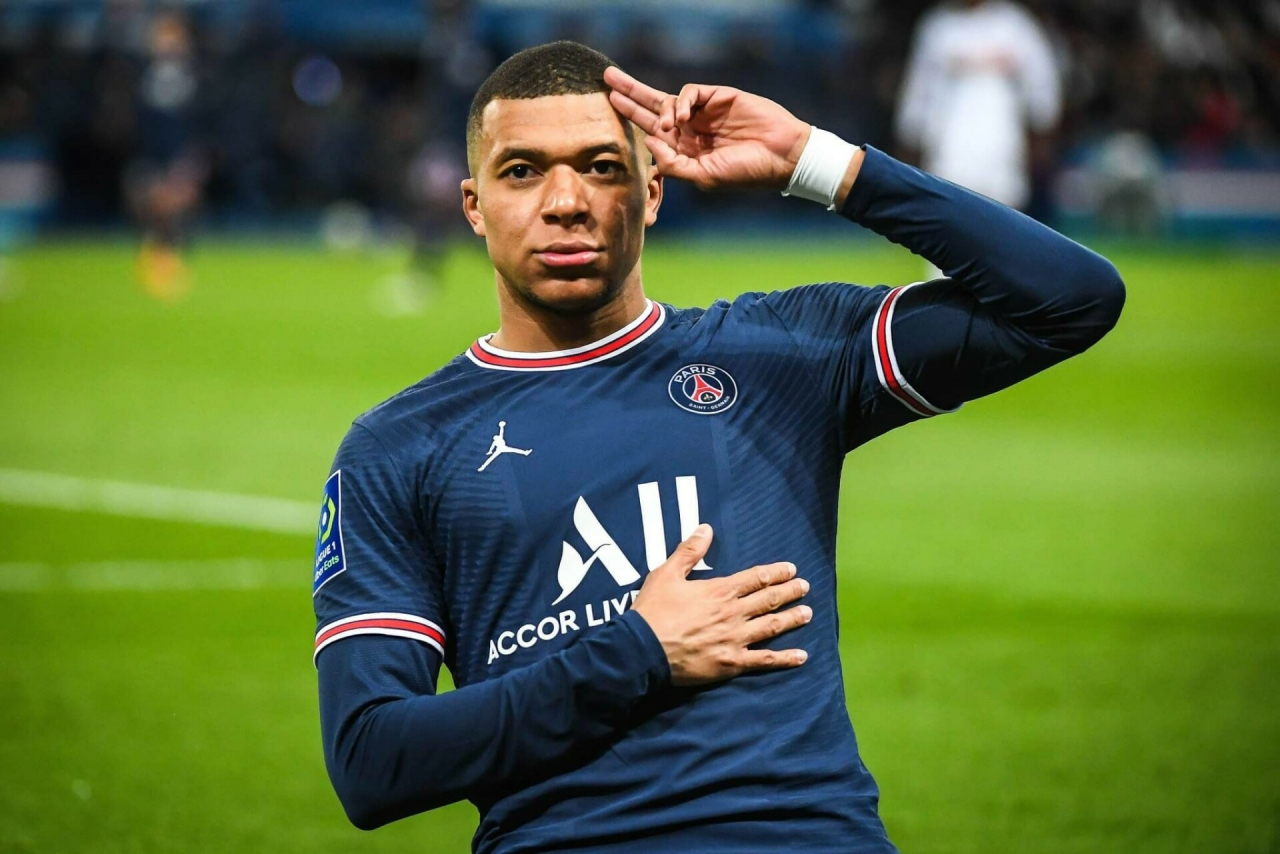
The modern football market no longer measures a player’s value solely based on goals and playing time. The price includes youth, versatility, commercial potential, predictability of progress, and market resonance. La Liga’s most expensive players have become strategic assets. Their value shapes clubs’ economics, influences sponsorship deals, and controls media attention. La Liga creates a …
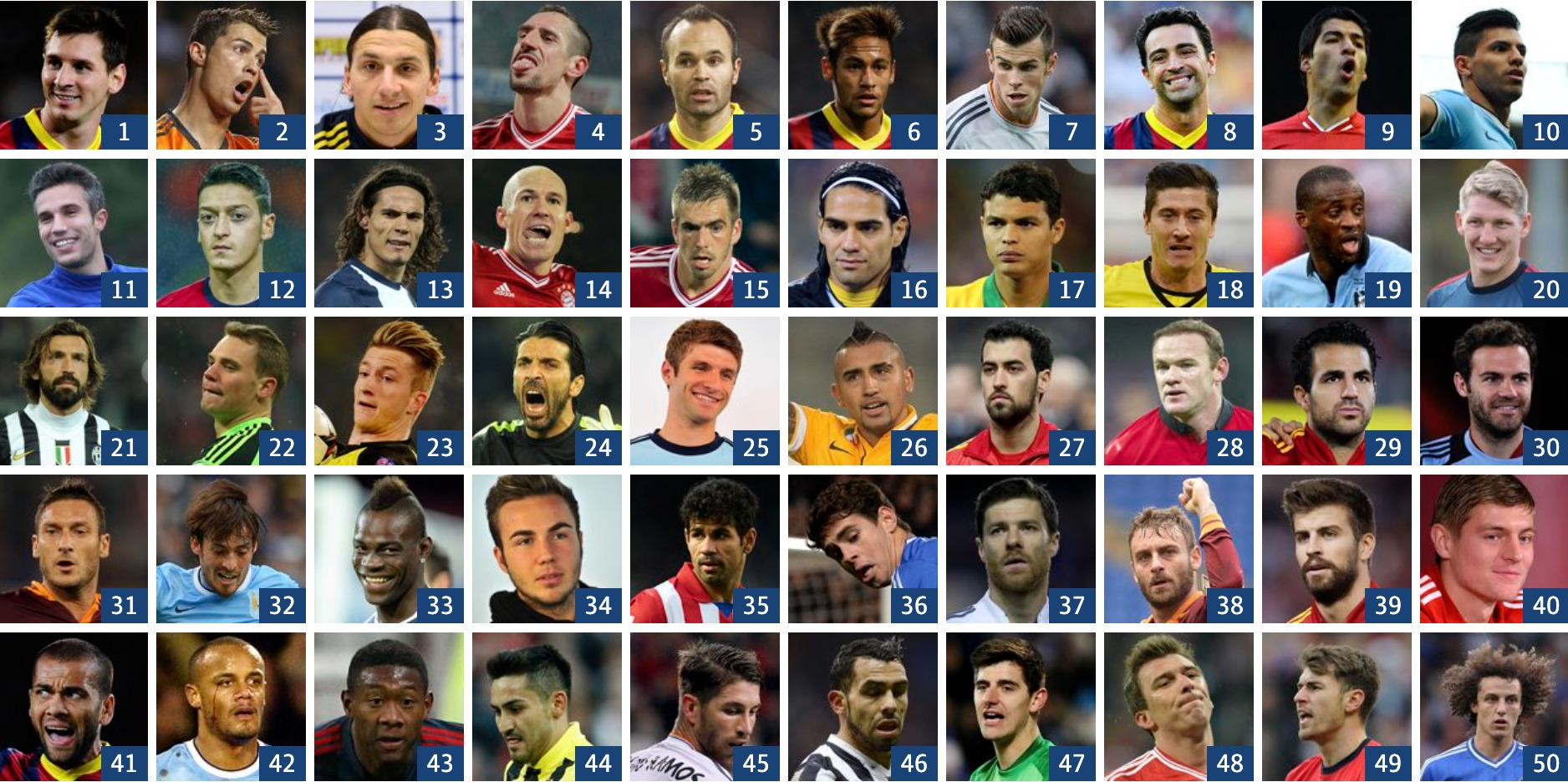
Football has produced a gallery of extraordinary personalities. Each of them has shaped an era, developed tactics and redefined the limits of what is possible. The best footballers of all time cannot be judged by the number of goals they have scored or the awards they have won. It is a combination of influence, unique …
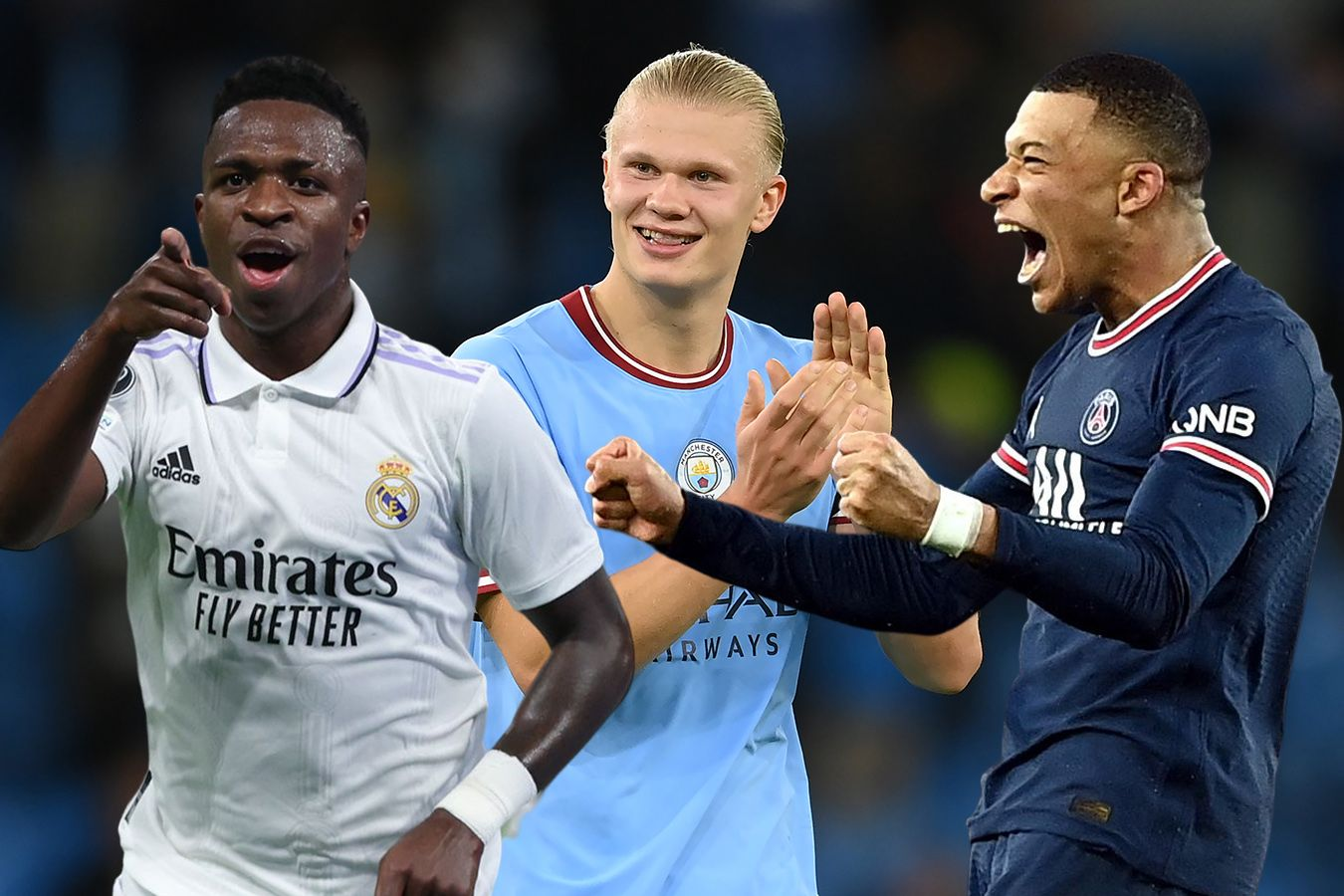
In 2025, football changed the concept of market value. Figures no longer shock – they dictate the rules. The world’s most expensive footballers have become full-fledged financial assets, whose transfers exceed the budgets of entire associations. Demand is rising against the backdrop of intensified competition in the Champions League, the Premier League, La Liga and …
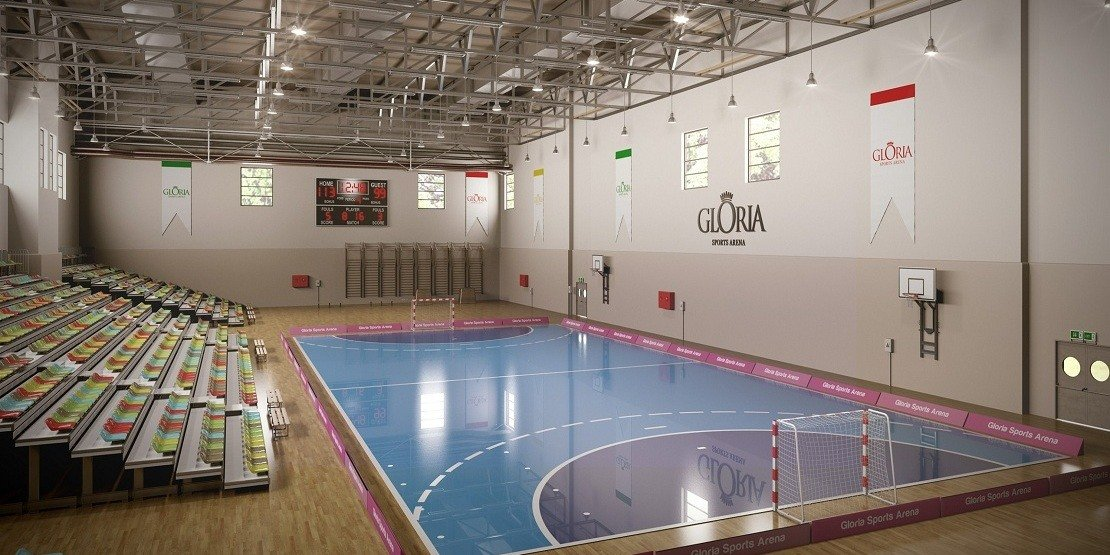
Exciting dynamics, fast-paced combinations and constantly changing game situations – that’s what futsal is all about. This sport is played on a compact pitch and requires players to have not only speed and endurance, but also the highest level of technique, passing accuracy and quick decision-making. It is important to understand that futsal is not …
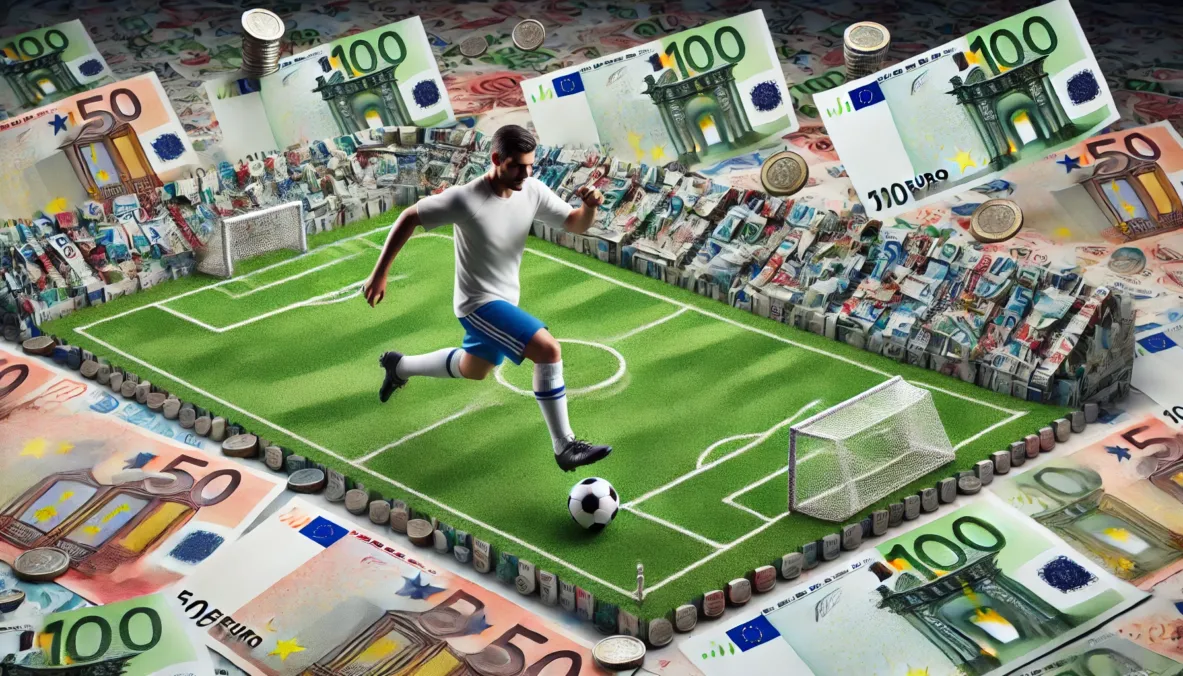
Football is no longer just a game, but a real business with vast sums of money in circulation. In football, this always involves match-fixing. What goes on behind the scenes? Imagine this isn’t just a conspiracy of a few players, but an entire industry with a clearly defined pattern. Everything here is based on strict …
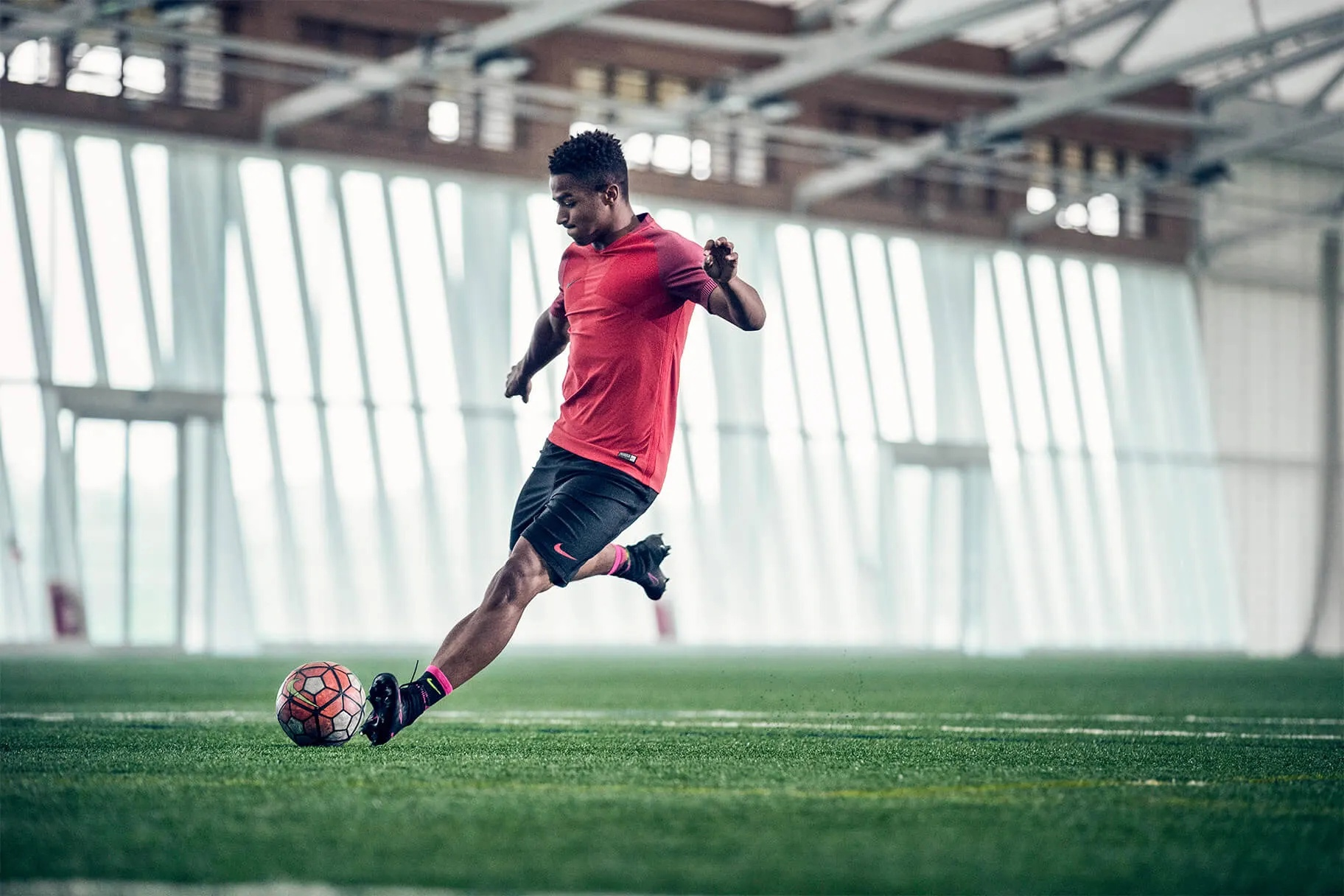
Football requires precision, reaction, and stability. Mistakes in equipment choice have a direct impact on speed, ball trajectory, and level of control. Choosing the right footwear not only determines comfort, but also performance, injury frequency, and overall performance on the pitch. Toand develop a competent approach to the choice, the most important parameters must be …
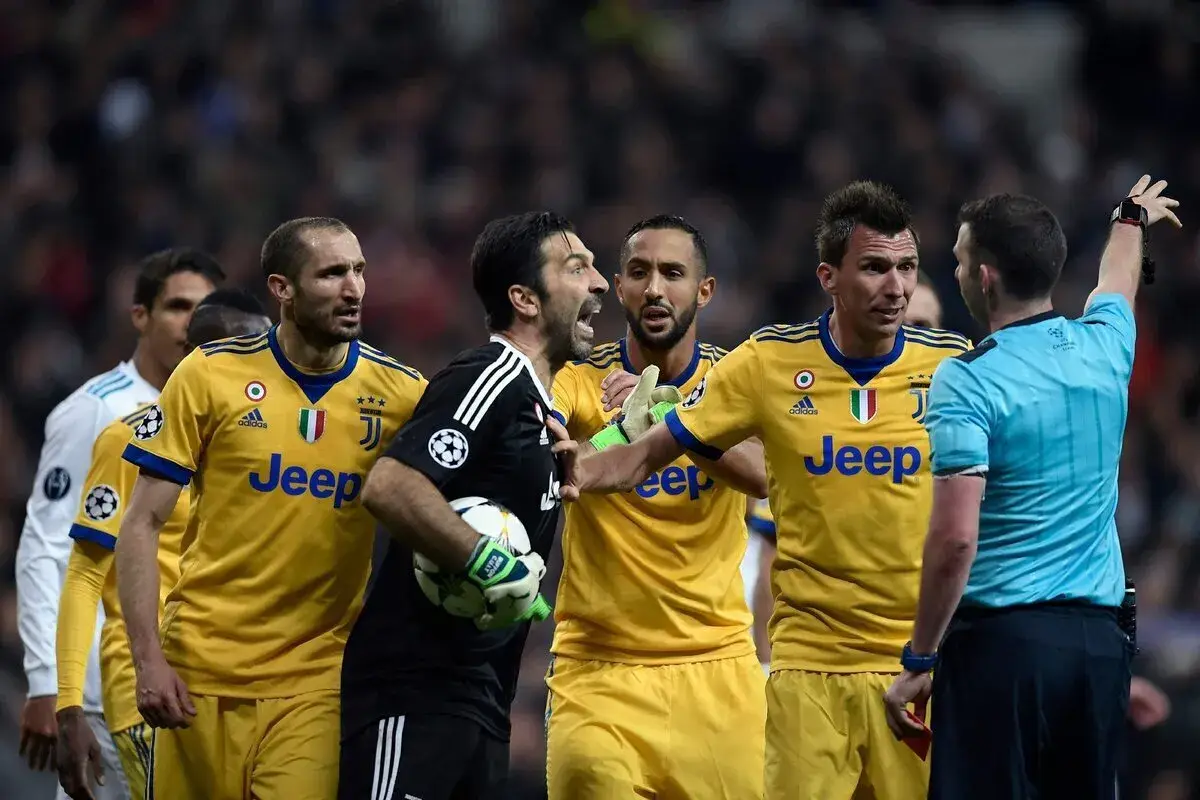
Football is a game full of passion and unexpected turns. The drama of football events often goes far beyond the playing field, leaving an indelible mark on the history of the sport. Conflicts and controversial situations are often remembered for many years – they are so vivid. In this article, we will tell you about …
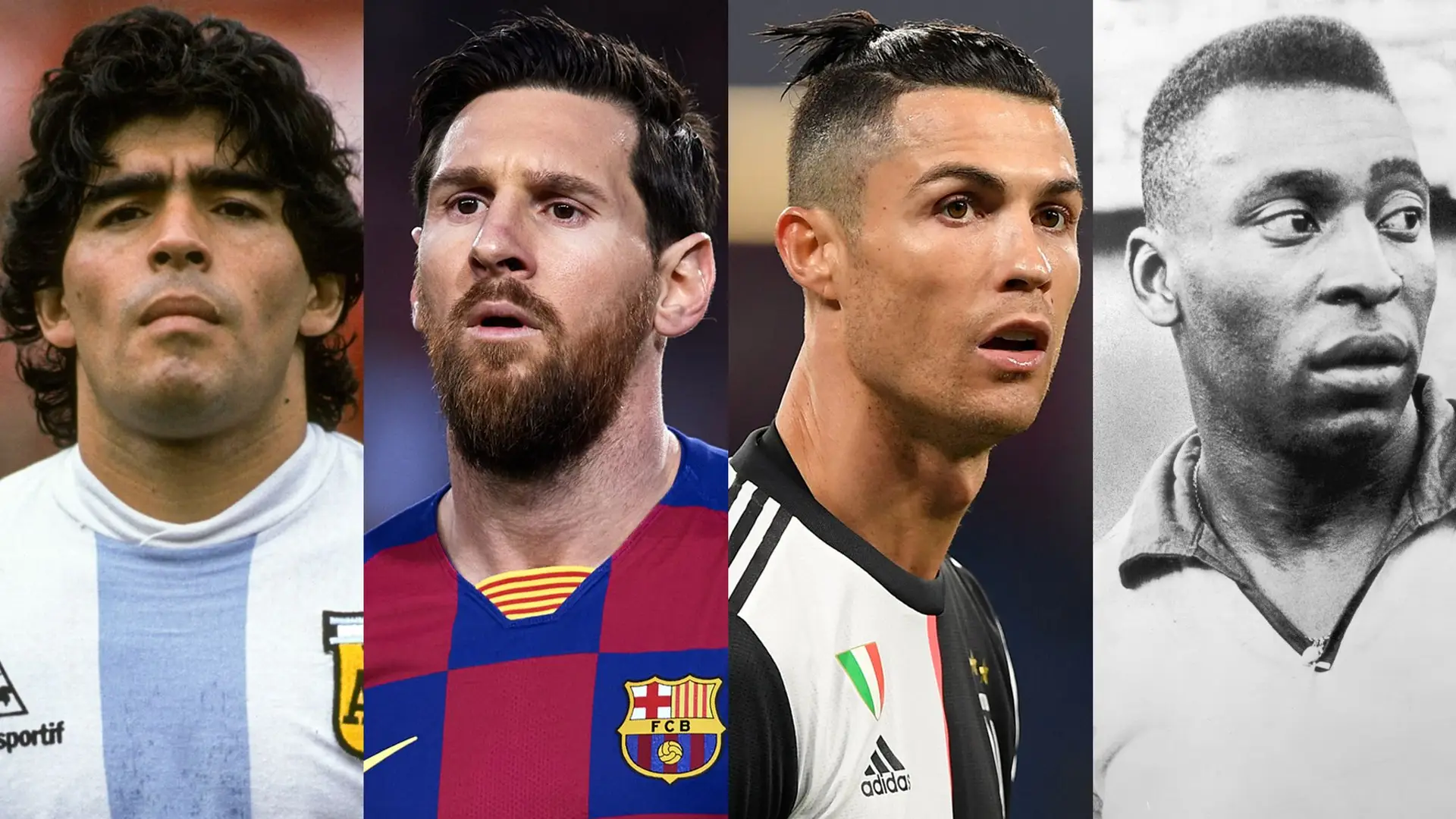
Football is a cultural phenomenon that unites millions of people around the world. But who is behind this emotion? Who are the wizards that make stadiums explode with applause? In this article we will tell you about the best footballers in history, who are distinguished by their ability to score goals, incredible technique, the urge …

La Liga occupies a special place in world football. Since its inception in 1929, the championship has become a true showcase for great players and legendary matches. It is more than just a sport. It is a passion, an art that unites millions of fans around the world. The history of La Liga: how it …
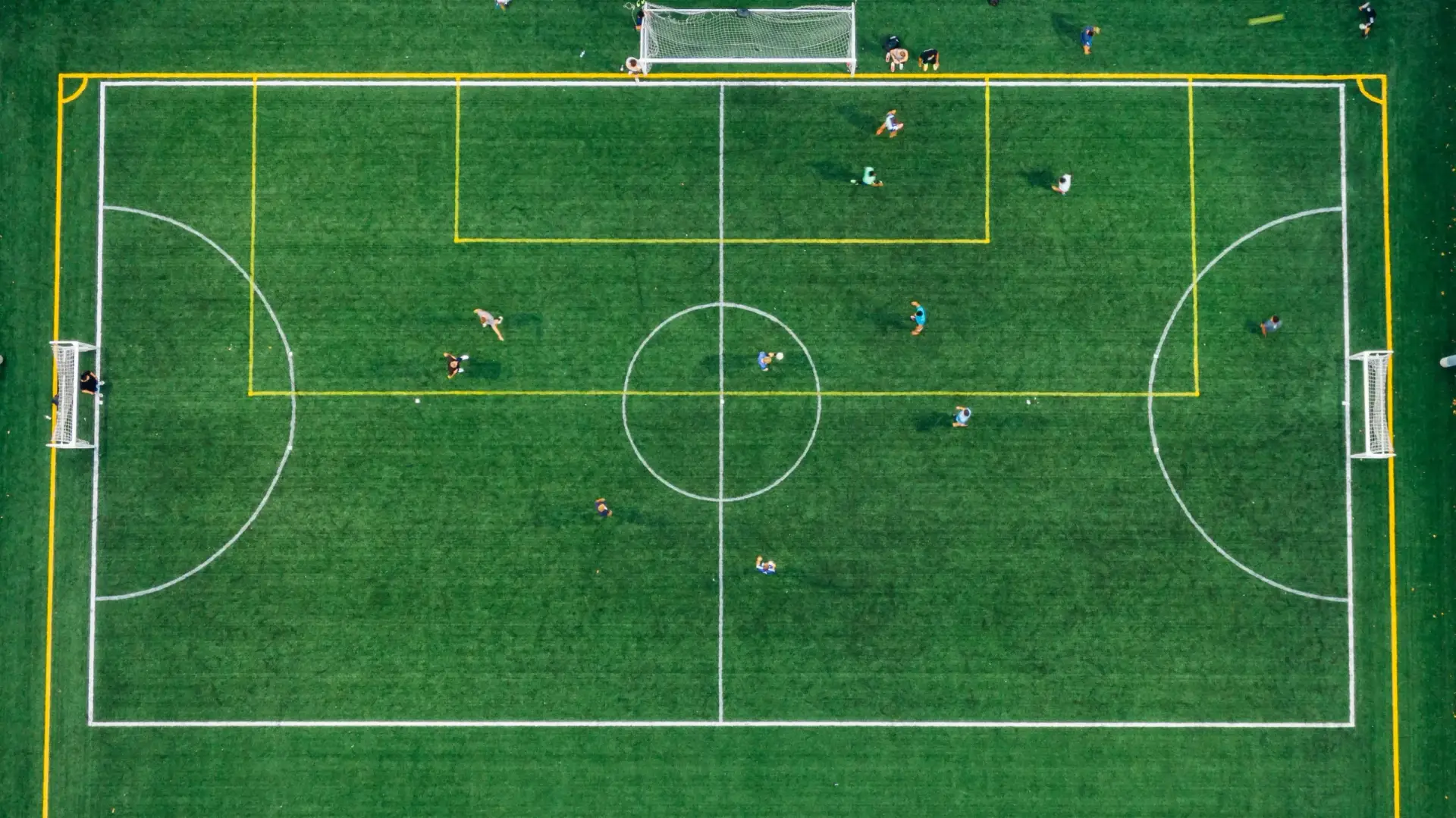
Football is a passion that unites millions of people around the world. The rules of a football match may seem simple at first glance, but the essence of the game is hidden in the nuances. The more you know about the set standards, the more you understand why a game can become a real spectacle. …